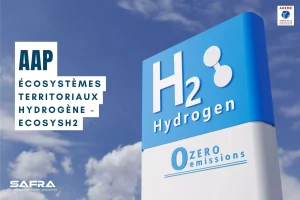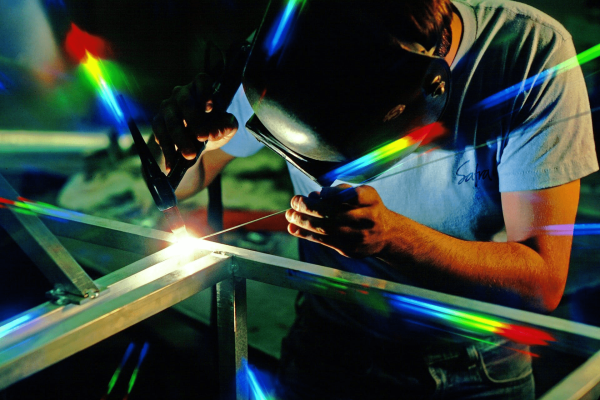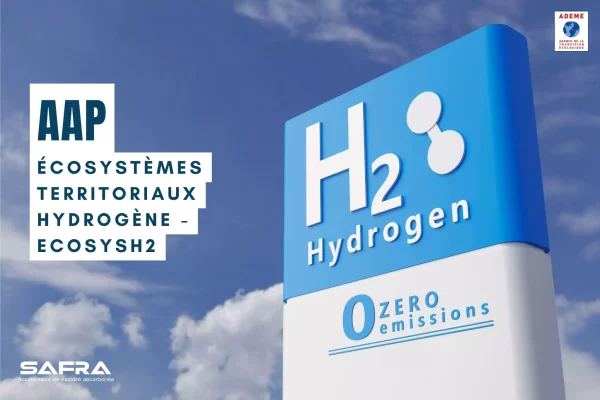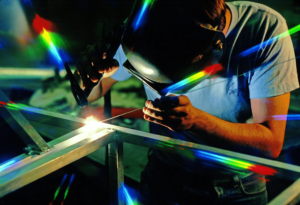
Emmanuelle Saux
Interview with Vincent Lemaire, President of SAFRA
We met with Vincent Lemaire, President of the SAFRA Group, to talk about the SAFRA Manufacturer activity and its electric bus: the Businova. He goes back over the genesis of this audacious project that he launched in 2011 and also talks about the future prospects.
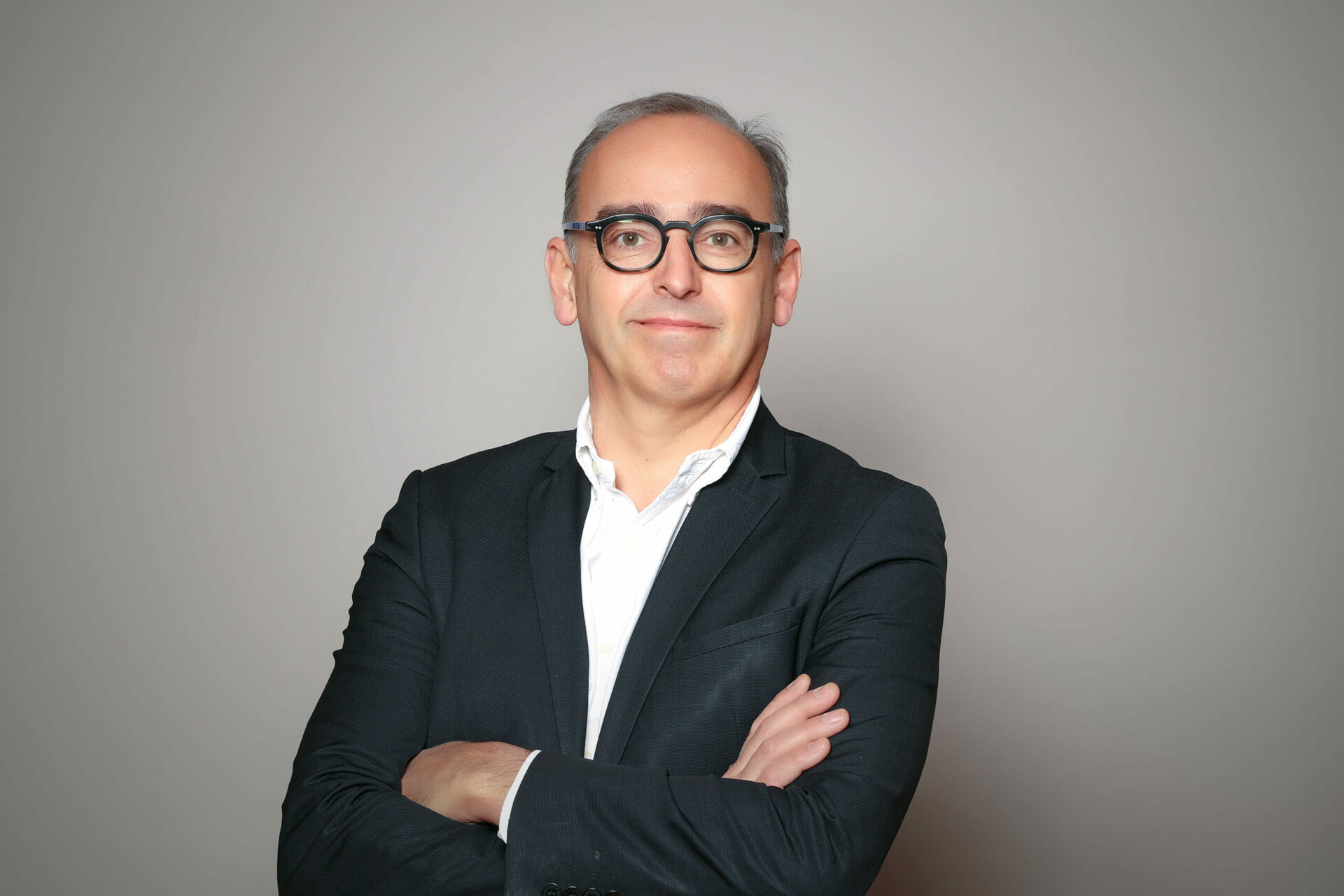
- Your project is arousing a lot of curiosity in the public transport market, even admiration. Tell us a little about the genesis of such a project within an SME.
VL – As a long-standing specialist in the life extension of public transport equipment, we perceived the challenges of the energy transition for public transport authorities very early on. The diesel gate arrived much later, in fact. The idea of greening the motorization of a bus is a path that remains an active project at SAFRA and we decided to start by building the Businova around an electric drive train. Well aware of our company size compared to existing manufacturers or new entrants, we have almost systematically sought technical differentiation, free of any industrial constraints.
- We can feel a lot of pride and passion in your words, but also in the SAFRA Constructeur team. Do you operate a bit like a start-up? Are you a fan of the “Coué method” when faced with problems?
VL – The team is now completely dedicated to our growth project. A young team, complementary in its knowledge, very mixed and particularly motivated by economic, environmental and societal issues. It is rare for engineers to be faced with such vast, multi-technological and varied projects. All the skills are there, from mechanics to software, including low and high voltage electricity. And the support services are built in parallel. So, more than the “Coué” method, it is passion, seriousness and hard work that compensate for the right to make mistakes that is so necessary in an innovation project as vast as Businova. As we grow, we will fight to keep this spirit of conquest and agility that already characterizes us.
- What are the keys to success in carrying out such an ambitious project, which is to manufacture buses?
VL – It all starts with an iron will of the shareholders and the team to get past the detractors. As in any group facing change, they can even be present internally. There are so many complementary keys: curiosity, listening to customers, a sense of service, humility, the desire to reindustrialize our country, and to put its grain in the ecological stakes for a better city, less polluted and less emitting of greenhouse gases.
- Is hydrogen the version with the most future for you? Is this the end of your very innovative plug-in hybrid electric Businova?
VL – Here again, let’s go back to the origin of the project and the question of tomorrow’s energy solution. We’ve heard it all, with each expert announcing the future predominance of his or her technology. Who will be right? This is a difficult question, which led us to design a multi-energy solution that would allow us to quickly develop a range of products, but also to make the vehicle evolve over its long 20-year life. But for sure, from the start, Hydrogen technology was identified. It has its qualities: zero emissions, maximum autonomy, recharging time equivalent to a full tank of diesel, but also its shortcomings, with a still high CAPEX and OPEX. I can confirm that this is a very relevant solution with a very bright future. But at this stage, it is mainly the analysis of the use, of the political wills which direct us towards a solution or another. And the rechargeable hybrid electric vehicle, which does not require any infrastructure and which is also well classified in environmental terms, is far from having said its last word.
- Today, the vehicle has proven itself, it is marketed and the order book is flattering. If we look at the future, the next 5 years for example, how do you see SAFRA?
VL – Feedback is very valuable for improving the product, and we are strongly committed to making upgrades as soon as necessary. At the same time, we need to accelerate the pace of production and continue to industrialize. Of course, we must also persevere to sell more. In five years, we will be manufacturing around 200 vehicles a year in France and Europe and we will have created another 300 jobs. The international market is also part of the project’s genes, alone or in alliance depending on the markets.
- A few months ago, you launched a fundraising campaign to accelerate the development of your product. What are your current needs and the results you expect from this fundraising?
VL – In an innovation project, financing is another key issue. For the moment, we have done this alone and with the support of the State (Programme des Investissements d’Avenir, Crédit Impôt Recherche), the Occitanie Regional Council, our banks and our first clients. We have been able to innovate frugally with much lower development costs than our competitors and with a reasonable debt. Still with the agility that characterizes us, we can continue like that, necessarily at a measured pace so as not to suffer too much from a surge in working capital requirements. But to accelerate further, we would like to open up the capital and discussions are still ongoing. The market is there, the regulations are coming in force on a national and European scale and we have a fantastic product and team.
You liked this article, do not hesitate to share it on social networks
Facebook
Twitter
LinkedIn
Email
Print
Other articles you might like
Circular mobility: Refurbishing to consume less
•
1 September 2023
In a world facing ever more pressing environmental issues, transition
Call for projects: accelerating collective intelligence
•
1 July 2023
“A stone has no hope of being anything other than
A new enemy in the air: the nanoparticle
•
1 June 2023
The fourth leading cause of mortality in the world, air

